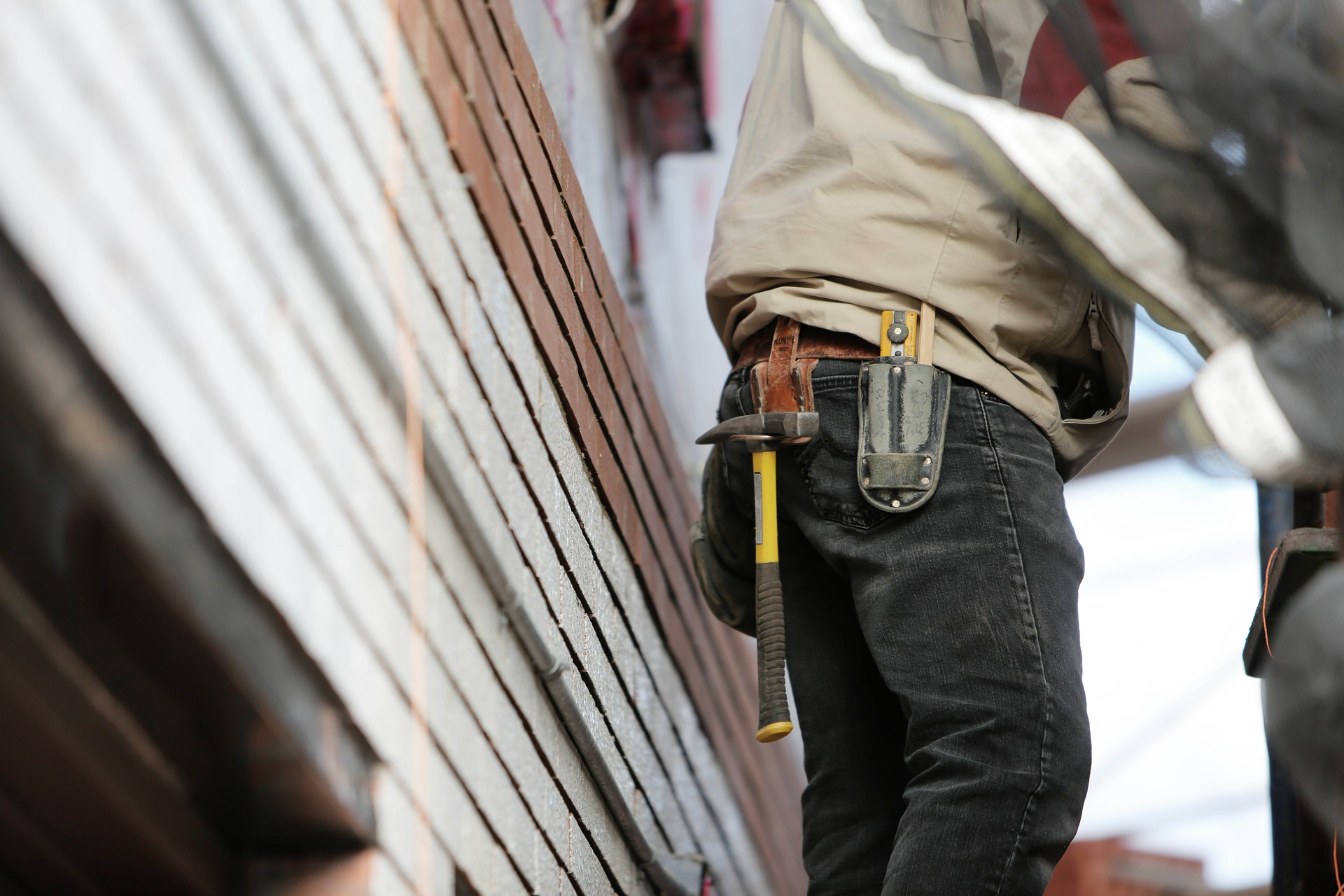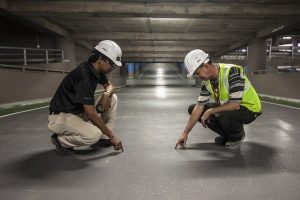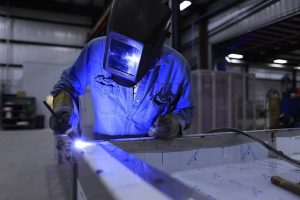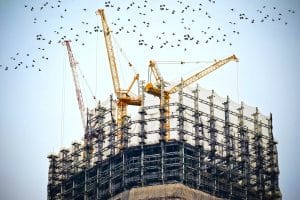How To Create Safety Training Programs for Construction Workers

Construction companies have a duty to provide proper safety training to all their workers so that serious injuries, illnesses, and deaths can be minimized. Although larger construction site supervisors may hire outside consultants to conduct their training sessions, most moderate-sized and smaller companies create their own programs. Fortunately, OSHA (Occupational and Safety Health Administration), NIOSH (National Institute for Occupational Safety and Health) and other government groups publish online training guidelines and standards.

When potential employees interview for new jobs, they should always ask how frequently safety training programs are offered since this information provides a helpful insight into how much importance a company places on maintaining a safe workplace.
Basic training standards OSHA supports for construction workers
- Only well-trained safety professionals — or highly experienced construction site supervisors — should teach these training classes.
- Trainees must be taught how to recognize safety hazards on the job. While classroom lectures can be used, trainers are encouraged to engage with employees on the worksite so they can gain a more realistic understanding of potential safety risks.
- Care must be taken to realistically evaluate the specific languages that should be used so that all workers can understand the material presented. Furthermore, the vocabulary used should be easily understood by most employees.
- Training sessions must encourage interactions between those teaching and the workers whenever possible. Questions should always be allowed during most safety training events.
- Whenever possible, employers should introduce workers to “Best Practices” for performing the most required skills — and encourage their input for possible improvements.
- Workers should be asked to help evaluate their training after it ends so that improvements can be made in the future.
General topics often covered during many basic construction safety training sessions
- Asbestos. The proper removal of this and all other dangerous and toxic substances from the workplace should often be addressed.
- Close-call reporting. Workers should be informed about a company’s practice of keeping track of all “close-call” incidents when one or more people almost suffered serious harm during their work shifts. (Actual worker injuries and deaths should also be referenced in a useful manner).
- Drug abuse and alcoholism. Safety programs should always remind workers that these types of habits will not be tolerated since they frequently lead to serious or fatal work injuries. All drug testing policies should be carefully described to workers. The proper handling of mental health concerns should also be addressed.
Electrical safety standards. It is often best to demonstrate on the property how workers should handle common assignments involving electricity.
- Ergonomics and the importance of avoiding musculoskeletal injuries. While showing workers how to perform basic tasks with difficult tools, emphasis should be placed on doing the work in a way that places the least stress on a worker’s body.
- Fall prevention. This topic is often best discussed when talking about scaffold safety practices. Workers should also be reminded during training sessions that serious falls are among the “Fatal Four” dangerous accidents that often take place on construction sites.
- First aid skills on site. All workers should receive some basic first aid training and employers must maintain enough sinks with running water so that minor injuries can be addressed, even if a worker may still need to go to an emergency room.
- Machine safety. Although some training can be done using classroom charts and diagrams, it is always best to spend some time gathering with students around particularly dangerous machines so that important safety practices can be explained there. Workers must be reminded to always use “guard” features provided by manufacturers.
- Noise and hearing loss. This topic should be covered since so many construction workers who suffer this type of injury are left so deaf that they cannot hear warnings before serious accidents occur.
- Trenching and excavation project skills. Sadly, these types of trenching and excavation accidents often prove fatal. Trainers must make sure to explain the different ways that workers can carefully try to prevent these accidents.
- Worker’s compensation. All employees need to understand how a worker’s compensation claim is normally filed and processed after a serious injury on the job takes place.
While most safety training sessions do not need to cover all these topics, they should provide enough interesting material to clearly benefit most of the workers. After each final session ends, wise construction companies will ask their trainees to provide anonymous feedback about what they have learned. This information can greatly benefit the design of all future safety training programs.
If you have suffered a serious construction accident injury after an event caused by someone else’s negligence, you need to contact our New York City construction accident law firm. We will carefully investigate all the facts of your case, review all your medical records, and then fight hard to win the maximum compensation available to you. We want every client to fully recover for all lost wages, pain and suffering, medical expenses, and other losses.





 Electrical safety standards. It is often best to demonstrate on the property how workers should handle common assignments involving electricity.
Electrical safety standards. It is often best to demonstrate on the property how workers should handle common assignments involving electricity.